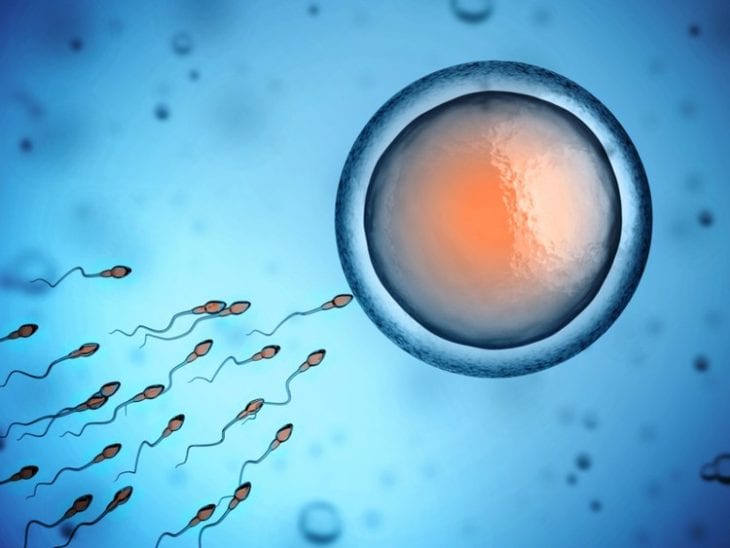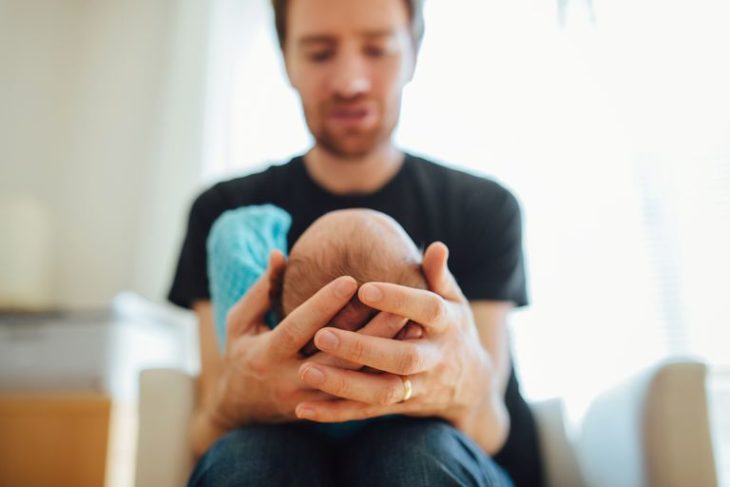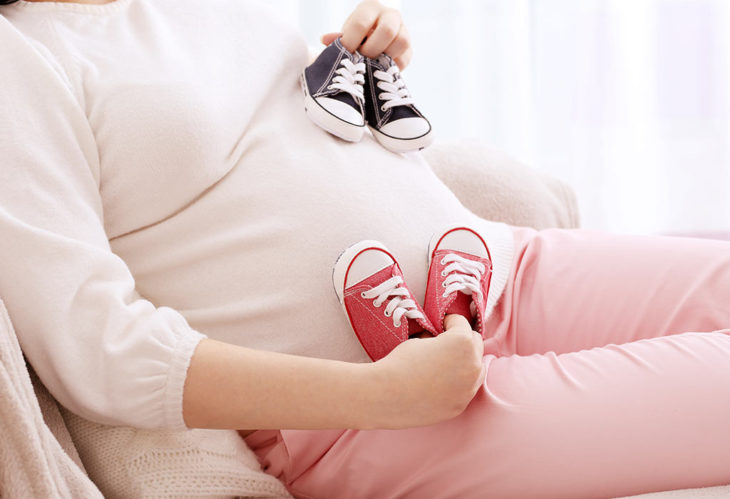It is no secret that fertility changes with our age. Both the males and the females become fertile in their teenage years following puberty. Girls have their beginning of reproductive years with the start of ovulation and menstruation. On the other hand, it is familiar that right after menopause, women are no longer able to become pregnant and have any more children. The overall reproductive potential decreases with age, and fertility can actually end from five to ten years before menopause occurs.
In the modern-day and age, age-related infertility is becoming more and more present for many different reasons. Many women wait until their late twenties to mid-30s to start their families, and some do not even think about it until that age. Even though a large percentage of women today are healthier than before because they take better care of themselves, improved health later in life does not mean the natural age-related decline in fertility will stop happening, nor will it happen later in life. Fertility declines because while a woman ages, a normal age-related decrease in egg numbers takes place, and fewer and fewer eggs remain in her ovaries. People, in general, are often surprised by how early this starts happening.
In this article, we will go over everything you should know about conceiving at different ages. Read more if you wish to find out everything else on this topic that might be important to you.
Contents
Ovulation and the Menstrual Cycle

Source: Nhà thuốc Long Châu
During the reproductive years, women have menstrual periods each month because regular ovulation happens each month. The eggs mature inside of spheres called “follicles”, which are filled with fluid. At the start of every menstrual cycle, a hormone is produced in the pituitary gland located in the brain. This hormone stimulates a group of follicles and tells them to grow more rapidly on both ovaries. This is the follicle-stimulating hormone (FSH), and usually, only one follicle reaches maturity and releases an egg (ovulate). The rest slowly stop growing and degenerate. Pregnancy happens if the egg is fertilized and implants in the lining of the uterus, called the endometrium. If pregnancy fails to take place, the endometrium is shed and turns into the menstrual flow. The cycle starts again.
During the early teen years, girls tend to have irregular ovulation and irregular menstrual cycles. By the age of 16, they should have regular periods. A regular cycle of between 26 to 35 days remains until the 30s to early 40s, depending on the woman, when cycles can start to become shorter. As more time passes, women will experience no ovulation at all, meaning missed periods. At the end of fertility, they are very infrequent until they completely stop. When there was no menstrual period for a full year, the woman is in menopause.
With age, fertility declines because of normal age-related changes in the ovaries. Men continue to produce sperm for the rest of their lives, but women are born with all of the egg-containing follicles in her ovaries they will ever have. At birth, around one million follicles are present. By puberty, around 300,000 are left. Out of this number, only about 300 will be ovulated during reproductive years, resulting in the majority of follicles not used by ovulation. They disappear during an ongoing gradual process called atresia. Atresia is a degenerative process that always happens to women, no matter if they are pregnant, normal experience cycles, use birth control, or are receiving infertility treatment. Smokers seem to experience menopause around a year earlier than non-smokers do.
Fertility in the Aging Female

Source: Nutra Ingredients
The best reproductive years for women are the 20s. In the 30s, fertility gradually decreases, especially after 35. Every month that a healthy and fertile 30-year-old woman tries to get pregnant, she has a 20% chance. This means that out of every 100 of them, in 1 cycle, only 20 successful become pregnant, while the other 80 have to try again. By 40, a woman’s chance is less than 5% per cycle, meaning five out of every 100 women are successful per month.
Remember that women are not fertile until menopause. The average menopause age is 51, but most women are unable to have any more children sometime during the mid-40s. This is true for natural conception and fertility treatment, like in vitro fertilization (IVF). There have been many stories from around the world in news and other media that women can use fertility treatments like IVF to get pregnant whenever age affects the success rates in most infertility treatments as well. The age-related loss of fertility in females happens since both the quality and the quantity of eggs decline.
Fertility in the Aging Male

Source: Verywell Family
When a man is in question, their decrease in sperm takes place much slower. While the sperm quality deteriorates while men get older, it usually does not appear as a problem before the 60s. The changes are not nearly as noticeable as those in women, but changes regarding fertility and sexual functioning do occur with age. Despite them, though, there is no maximum age at which men cannot father children. There have been countless men who conceived in their 60s and 70s conceiving with younger partners. While men age, their testes get smaller and softer while the sperm shape and movement declines. There is also a higher risk of sperm gene defects because aging men might develop medical illnesses that affect sexual and reproductive systems and their functions. Not all men, however, experience significant changes in later years, especially those who have maintained good health throughout their lives. If a man has problems with libido or erections, he should look for treatment from their physician or urologist. Low levels of testosterone might be the cause.
Conclusion
It is a scientific fact that fertility naturally decreases while women get older, but the time when this decline begins as well as the rate at which it continues to vary greatly. It is, however, sure that it starts years before menopause, as fertility starts drop during the late 20s or early 30s and fall more and more rapidly after 35. Women who want to become mothers after 35 should obtain knowledge and information on appropriate tests and treatments and be realistic about their chances for a successful pregnancy while receiving infertility therapy.

Source: FirstCry Parenting
